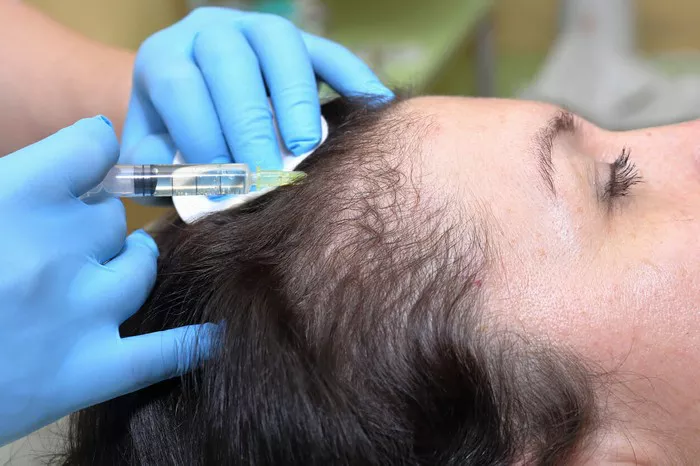Hair transplant surgery has become increasingly popular as a solution for hair loss, offering individuals the opportunity to restore their hairline and regain confidence. However, like any surgical procedure, hair transplants carry certain risks and considerations that patients should be aware of before undergoing treatment. In this article, we’ll explore the potential risks associated with hair transplant surgery and discuss factors to consider when evaluating the safety of the procedure.
Understanding Hair Transplant Surgery
Before delving into the risks of hair transplant surgery, let’s briefly review what the procedure entails:
Follicular Unit Transplantation (FUT): In FUT, a strip of scalp containing hair follicles is surgically removed from the donor area (usually the back or sides of the scalp). The strip is then dissected into individual follicular units, which are transplanted into recipient sites on the scalp.
Follicular Unit Extraction (FUE): FUE involves harvesting individual hair follicles directly from the donor area using a specialized punch tool. The follicles are then implanted into recipient sites on the scalp.
Anesthesia: Hair transplant surgery is typically performed under local anesthesia to minimize discomfort during the procedure. Patients may also be given sedatives to help them relax during the surgery.
Potential Risks of Hair Transplant Surgery
While hair transplant surgery is generally considered safe, there are certain risks and complications associated with the procedure:
Infection: Like any surgical procedure, there is a risk of infection following hair transplant surgery. Proper post-operative care, including keeping the scalp clean and following the surgeon’s instructions for wound care, can help reduce the risk of infection.
Bleeding: Some bleeding is normal during and after hair transplant surgery. However, excessive bleeding can occur in rare cases, particularly if the patient has a bleeding disorder or is taking blood-thinning medications.
Scarring: Both FUT and FUE techniques can result in some degree of scarring in the donor area. With FUT, the scar is typically a linear scar where the donor strip was removed. With FUE, tiny circular scars may be visible in the donor area. However, advancements in surgical techniques and technology have helped minimize scarring in recent years.
Swelling: Swelling of the scalp and forehead is common after hair transplant surgery and usually resolves within a few days to a week. In some cases, swelling may be more pronounced, particularly if the patient is prone to swelling or if the surgery involves a large number of grafts.
Numbness or Tingling: Some patients may experience temporary numbness or tingling in the scalp following hair transplant surgery. This is typically temporary and resolves on its own as the scalp heals.
Shock Loss: Shock loss refers to temporary shedding of existing hair in the recipient area following hair transplant surgery. While this can be alarming, it is a normal part of the hair growth cycle and usually resolves within a few weeks to months as new hair begins to grow.
Factors Influencing Risk
Several factors can influence the risk of complications associated with hair transplant surgery:
Surgeon’s Skill and Experience: The skill and experience of the surgeon performing the hair transplant play a crucial role in minimizing the risk of complications. Patients should choose a board-certified surgeon who specializes in hair restoration procedures and has a proven track record of successful outcomes.
Patient’s Health: The overall health and medical history of the patient can affect the risk of complications during and after hair transplant surgery. Patients with underlying health conditions or risk factors may be at higher risk for complications and should discuss their medical history with their surgeon before undergoing treatment.
Type of Procedure: The specific technique used for hair transplant surgery (FUT vs. FUE) can also influence the risk of complications. FUT involves a surgical incision to remove the donor strip, while FUE involves individual extraction of hair follicles. Patients should discuss the pros and cons of each technique with their surgeon to determine the most suitable option for their needs.
Post-Operative Care: Proper post-operative care is essential for minimizing the risk of complications and promoting optimal healing after hair transplant surgery. Patients should carefully follow their surgeon’s instructions for wound care, activity restrictions, and medication use.
Conclusion
In conclusion, while hair transplant surgery is generally considered safe and effective for restoring hair growth, it is not without risks and potential complications. Patients should carefully weigh the potential risks and benefits of the procedure and discuss any concerns with their surgeon before making a decision. By choosing a skilled and experienced surgeon, adhering to post-operative care instructions, and maintaining realistic expectations, patients can minimize the risk of complications and achieve satisfying results with their hair transplant surgery.
How Much Is Artas Hair Transplant

